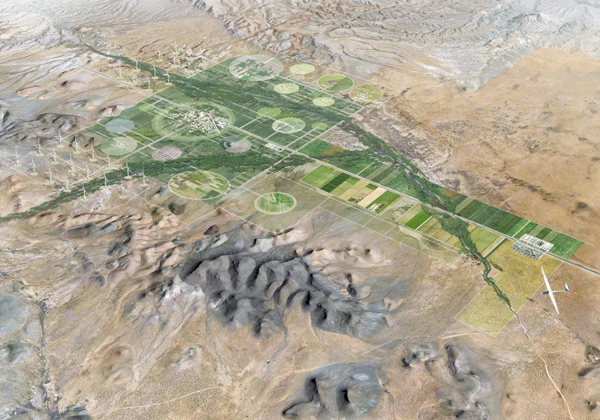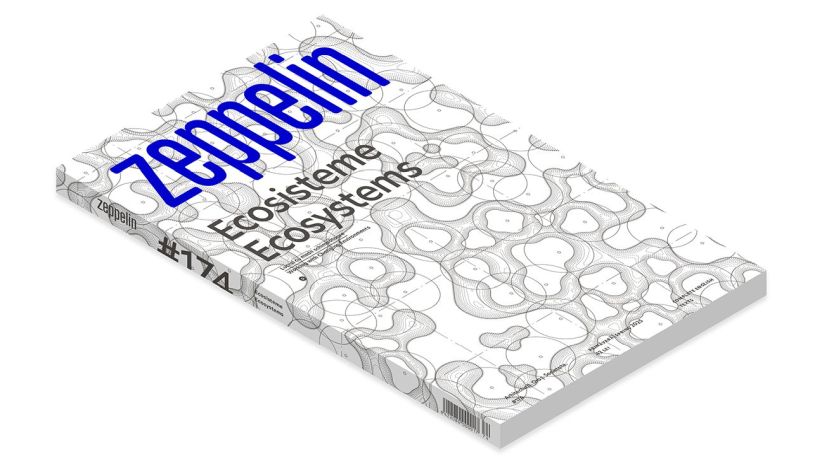CITE – Center for Innovation, Testing and Evaluation is built in New Mexico, USA, reproducing at a scale of 1/1 a whole human settlement, but without its inhabitants.
News
The urban life exploration lab has moved from America to Europe, proving to be a model of public dialogue and active participation.
After the BMW Guggenheim Lab New York cultural project was launched in New York last summer, the mobile lab came to Berlin where it ran from 15 June to 29 July. The open-air pavilion designed by Atelier Bow-Wow (which was presented in Zeppelin #98) is hosted in one of the inner courtyards of a former 19th century beer factory: the Pfefferberg complex in the Prenzlauer Berg district (Schönhauser Allee 176).
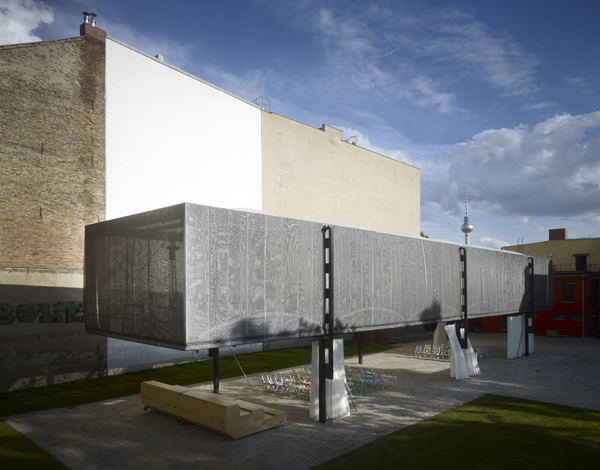
Aldayjover’s scheme is a brilliant example of integrating traffic concepts, a vision at city scale, public space and object design.
Text: Iñaki Alday, Margarita Jover / Photos: José Hevia, Aldayjover

The main ingredients of this project are a mythical and ambitious metropolis – London; one event – the Olympic Games; a dynamic and ambitious mayor – Boris Johnson; a very powerful corporation – ArcelorMittal and its Chair – Lakshmi Mital; a cooperation between an exceptional artist (and always appealing to a broad audience) – Anish Kapoor and a visionary engineer – Cecil Balmond.
If the Guggenheim Museum in Bilbao also works as a museum, and the “Bird’s Nest” in Beijing truly hosts competitions, then Orbit has no means but itself. It is a work of art – the tallest sculpture in the UK, and the only function is to offer platforms (quite large, that’s true) to view the panorama.
The success to the public cannot be assessed yet; it’s worth talking though, I think, about the reasons and the mechanisms of such an action and why the cities need these kind of gestures as well.

Stefan Tuchila climbed over 80 buildings and took several thousand photographs of Bucharest: another kind of urban research, a methodical and spectacular urban mapping. And a support for the recollection of a city that is constantly reinventing itself.
Introduction: Stefan Tuchila
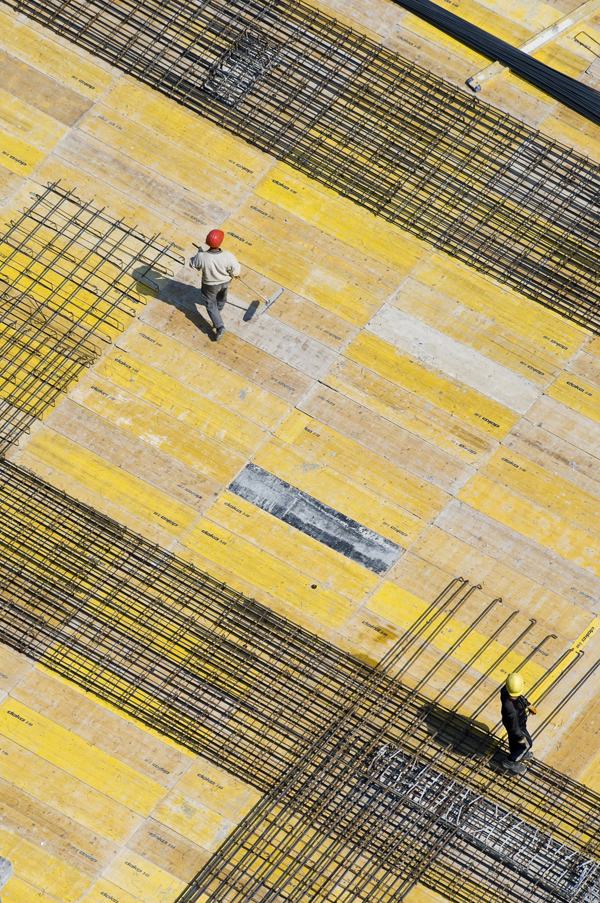
Light partions and the insertion of new organs shape the strategu for the recovery of the the Fabra & Coats Factorya as a centre for creative industries.
Intro: a videopresentation screened at Zeppelin Evenings #43 – with Manuel Ruisanchez as a special guest (29 oct. 2012 – Central University Library ”Carol I”, Bucharest)
.jpg)
Between 11th of October – 11th of November, META Cultural Foundation organises in Bucharest the Biennial of Young Artists. The title of this year’s edition is Overlapping Biennial and its concept emerged from a project of contextual art. The Biennial furthers an innovative way of shaping the interaction between the audience and art. Mostly, Overlapping Biennial is a virtual event. The connection between the virtual world and reality is achived through QR codes – a type of barcode – which generate content after being scaned with a telephone/tablet/PDA.
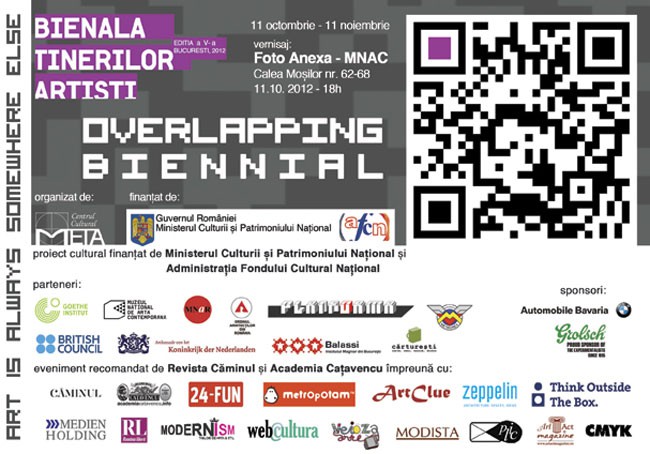
Invited by Ruxandra Balaci
Thursday 4.10.2012, h18.30 / MNAC Auditorium, et. 4
Pirkko Siitari, Director of Kiasma Museum of Contemporary Art, Helsinki and Ruxandra Balaci, Artistic Director of MNAC Bucharest, in conversation about the strategy of the museums in recession, a introduction about KIASMA and some comments about the subREAL retrospective.
.jpg)
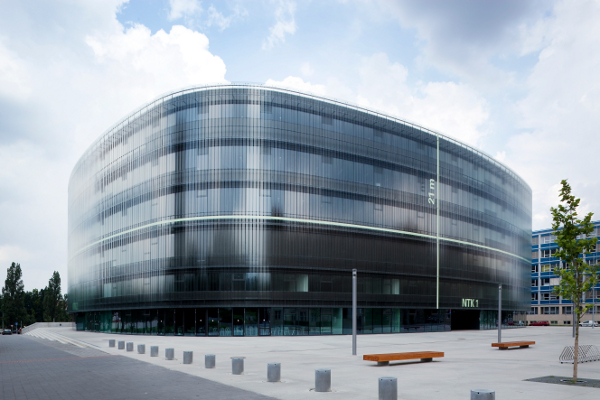
Text: Stefan Ghenciulescu.
Facebook page here.
This article was published in Zeppelin Magazine, number 103.
Combina, the brand lately built by designer Alexe Popescu, speaks about mixes and matches. The two items presented here are not the result of a stylistic mix though, but start from the use, the material and the obsessive exploitation of a constructive procedure.


